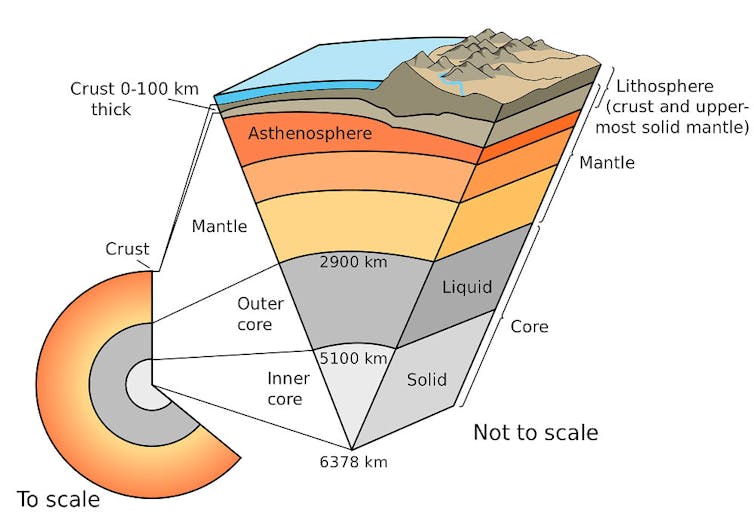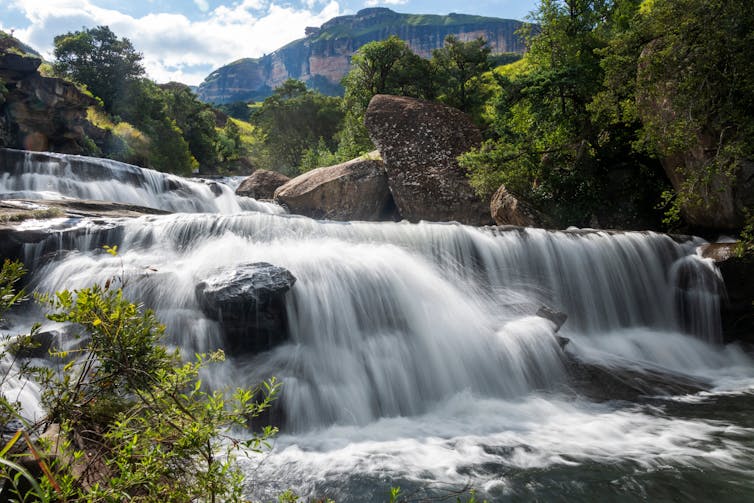United Nations (United States) (AFP) – A top UN aid official on Thursday questioned "what has become of our basic humanity," as the war in Gaza rages and humanitarian operations struggle to respond.
Issued on: 30/08/2024
 A Palestinian man who returned to Deir al-Balah in the central Gaza Strip to check on his home sits atop items salvaged amid the devastation © Eyad BABA / AFP
A Palestinian man who returned to Deir al-Balah in the central Gaza Strip to check on his home sits atop items salvaged amid the devastation © Eyad BABA / AFPJoyce Msuya, acting head of the UN's humanitarian office (OCHA), said that "we cannot plan more than 24 hours in advance because we struggle to know what supplies we will have, when we will have them or where we will be able to deliver."
"Civilians are hungry. They are thirsty. They are sick. They are homeless. They have been pushed beyond... what any human being should bear," she told the Security Council.
Msuya's comments came after the UN had to halt the movement of aid and aid workers within Gaza on Monday due to a new Israeli evacuation order for the Deir al-Balah area, which had become a hub for its workers.
"More than 88 percent of Gaza's territory has come under an (Israeli) order to evacuate at some point," Msuya said, adding that civilians, "in a state of limbo," were being forced into an area equivalent to just 11 percent of the Gaza Strip.
"The evacuation orders appear to defy the requirements of international humanitarian law," she added.
Israel's war against Palestinian militant group Hamas has come under increasing scrutiny as the civilian death toll rises, but international powers including the United States have failed so far to help negotiate a ceasefire.
The current fighting was sparked by Hamas's October 7 attack on southern Israel, which resulted in the deaths of 1,199 people, mostly civilians, according to an AFP tally based on Israeli official figures.
Israel's retaliatory military campaign has killed at least 40,602 people in Gaza, according to the territory's health ministry. The UN rights office says most of the dead are women and children.
"What we have witnessed over the past 11 months... calls into question the world's commitment to the international legal order that was designed to prevent these tragedies," Msuya said.
"It forces us to ask: what has become of our basic sense of humanity?"
Calling on the Security Council and wider international community to use its leverage to end the war, Msuya urged the release of hostages and "a sustained ceasefire in Gaza."
© 2024 AFP














